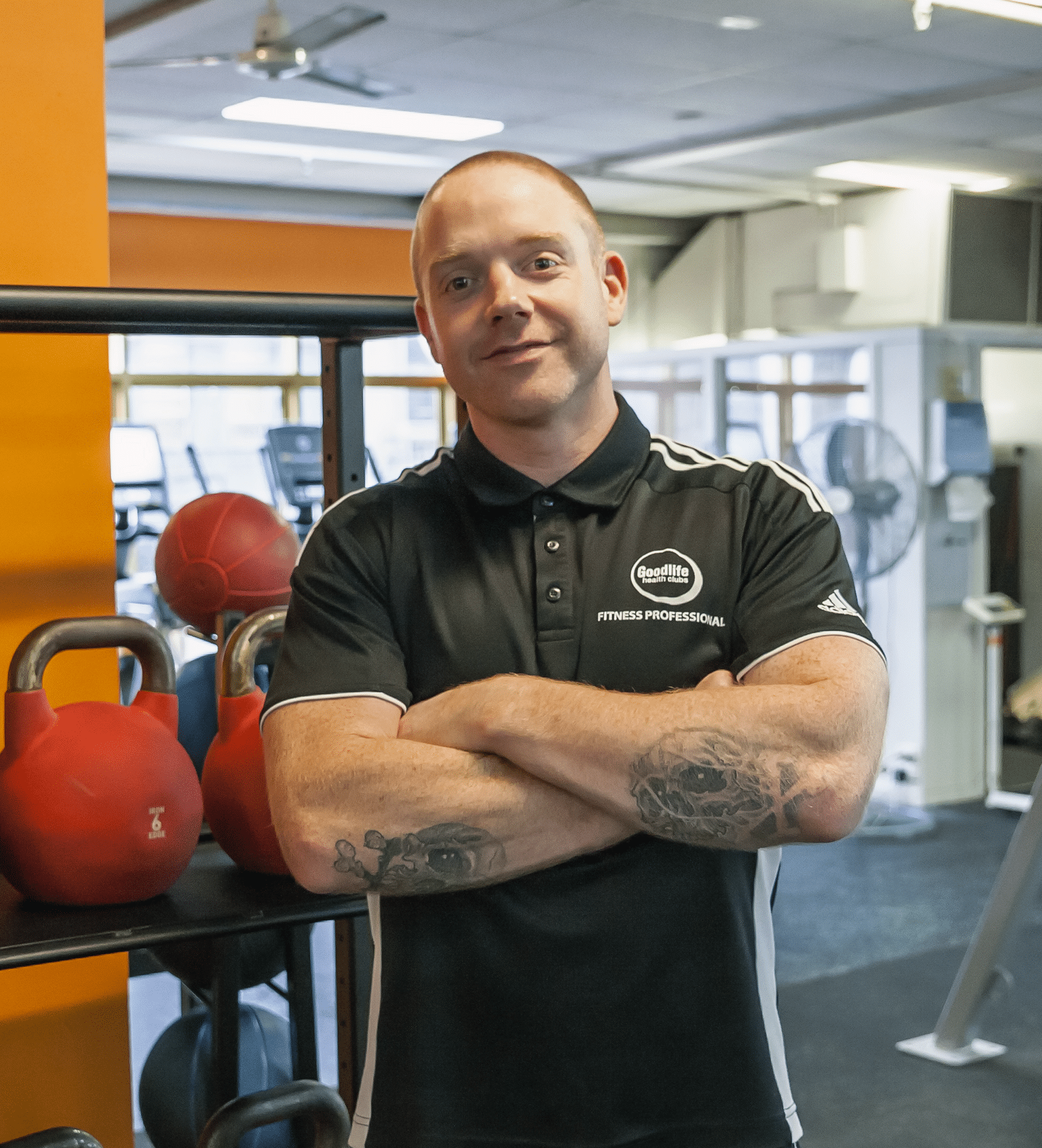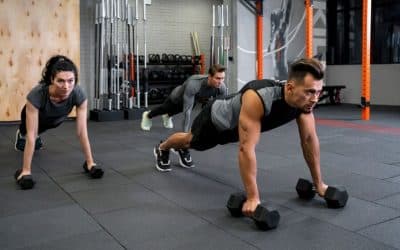How much walking you do, and how physically active you are outside the gym can have a real impact on your overall health and from a calorie burning perspective, your fat loss efforts too.
How active you are is largely determined by your occupation and how you choose to spend your free time.
Calories burned by activity vs resting:
- Sitting: 5
- Standing: 15
- Walking 1.6 kph: 70
- Walking 3.2 kph: 150
- Walking 4.8 kph: 230
The dot points above show the calories burned during several activities.
Sit down for an hour, and you will burn roughly 5kcal more than you would laying down still. Stand up and this triples to 15kcal more per hour. Start walking and you burn up to 230kcal more per hour.
While the exact values will vary depending on your individual make-up and how vigorously you move, these figures highlight how simply moving around more has the potential to add up to a surprisingly large calorie count over the course of a day.
In fact, it’s been estimated that we have lost up to 2,000kcal of activity from our day in the transition to becoming a mainly sedentary society – a full day’s worth of eating for a lot of people!
How Active Are You?
- Sedentary: <5000 steps per day
- Lightly active: 5,000-9,999 steps per day
- Active: 10,000 – 12,500 steps per day
- Highly Active: >12,500 steps per day
If you currently take less than 10,000 steps, you will likely benefit from making changes to your routine to become more active.
Ideas to Build Walking and Other Activity into Your Day
At home:
- Start your day with 5-10 minutes of light exercise, e.g. body weight circuit or stretching.
- Go for a walk while calling friends or family.
- Go for a walk before or after dinner.
- Play with kids / grandkids / nieces / nephews.
- Do your own chores.
- Wash your own car
Travel:
- Walk all or part of the way to work
- Get off public transport early and complete the journey on foot.
- Park further away from destinations and complete the journey on foot.
- Take the stairs whenever possible (seriously, this adds up).
At Work
- Break up long bouts of sitting with standing, pacing or walking.
- Take phone calls and meetings standing or walking.
- Go for a walk on your lunch break.
For Fun
- Set yourself a challenge, e.g. 20,000 steps in one day.
- Make socialising active, e.g. bowling or table tennis.
- Plan leisure time around walking, e.g. exploring a new city or hiking.
- Join a sports team.
- Volunteer doing something physically demanding.
- Sign up for a class that involves physical activity (dance etc.)
More Benefits of Walking
- Improved Circulation: Walking wards off heart disease, brings up the heart rate, lowers blood pressure and strengthens the heart.
- Stronger Bones: Walking can stop the loss of bone mass for those with osteoporosis.
- A Longer Life: Research finds that people who exercise regularly in their fifties and sixties are 35% less likely to die over the next eight years than their non-walking counterparts. That number shoots up to 45% less likely for those who have underlying health conditions.
- A Lighter Mood: Walking releases natural painkilling endorphins to the body – one of the emotional benefits of exercise.
- Stronger Muscles: Walking tones your leg and abdominal muscles and increases your range of motion, shifting the pressure and weight from your joints to your muscle
- Improved Sleep: Those who walk for an hour a day are less likely to suffer from insomnia.
- Supported Joints: The majority of joint cartilage has no direct blood supply. It gets its nutrition from joint fluid that circulates as we move. Movement and compression from walking “squishes” the cartilage, bringing oxygen and nutrients into the area.
- More Energy: When walking, your breathing rate increases, causing oxygen to travel faster through the bloodstream, helping to eliminate waste products and improve your energy level and the ability to heal.
- Slower Mental Decline: Age-related memory decline is lower in those who walk more.
What’s not to like about walking? It’s free. It’s easy to do, and it’s easy on the joints. And there’s no question that walking is good for you.
To learn more, check out our free Walking Guide.




